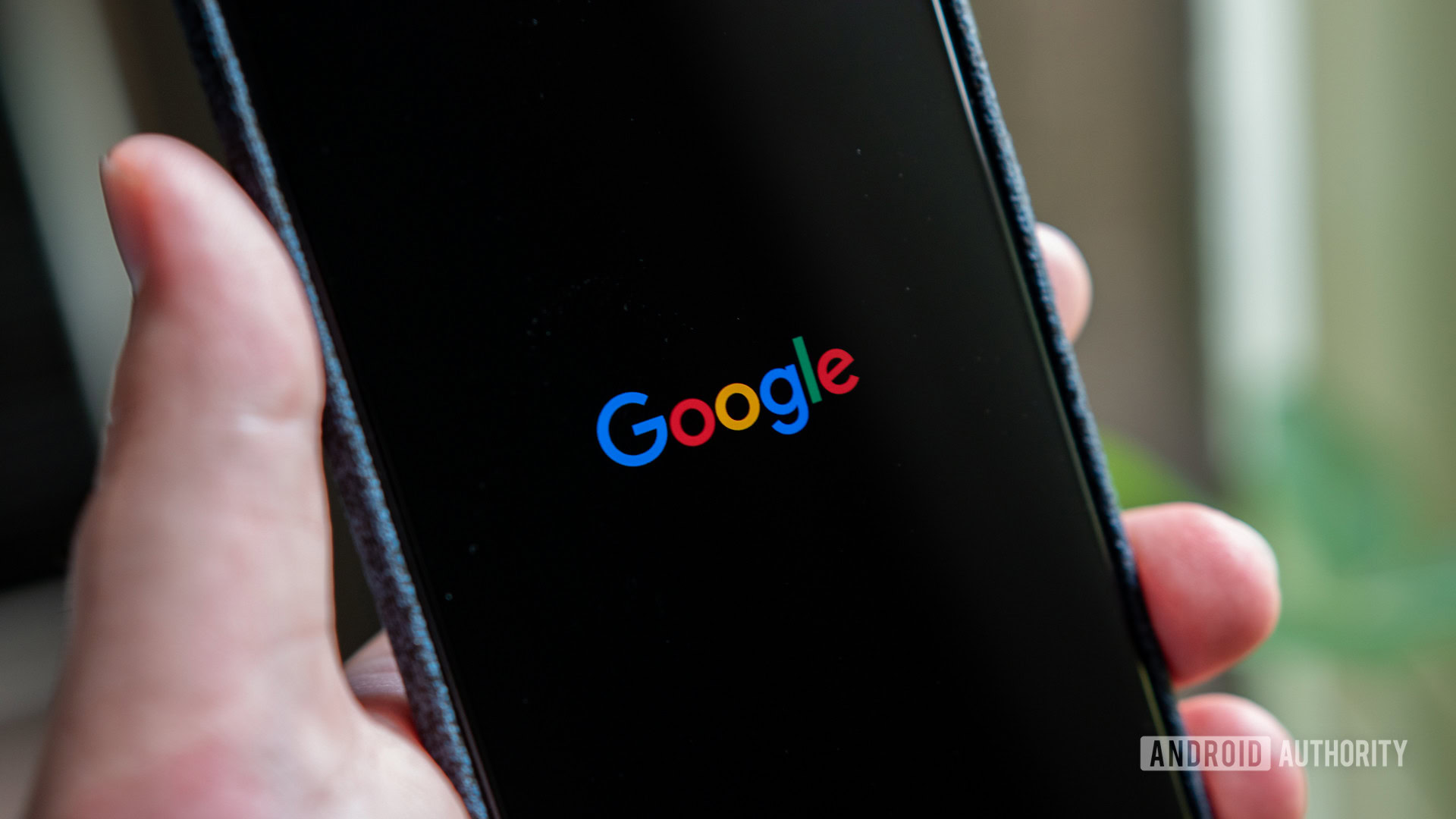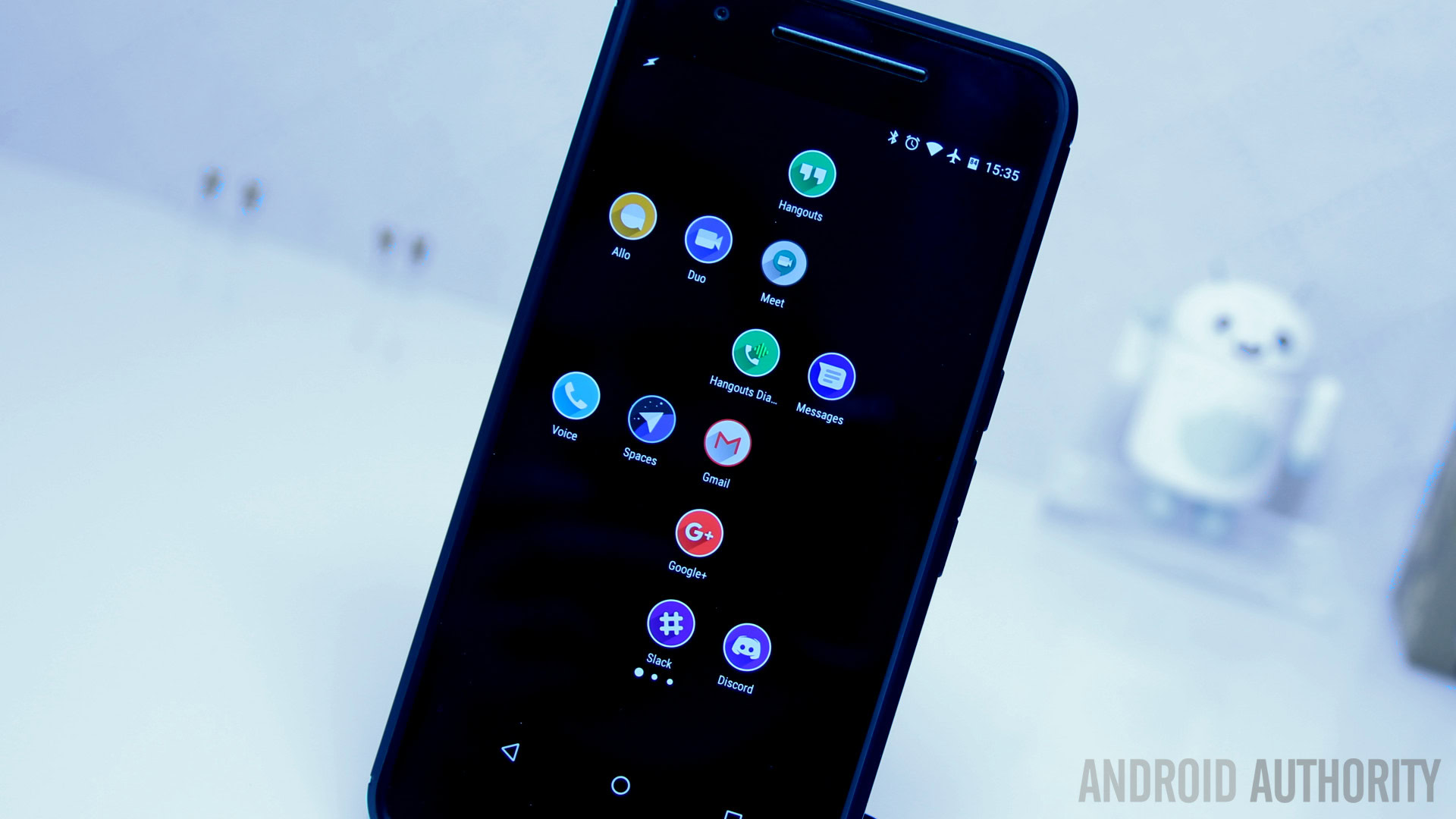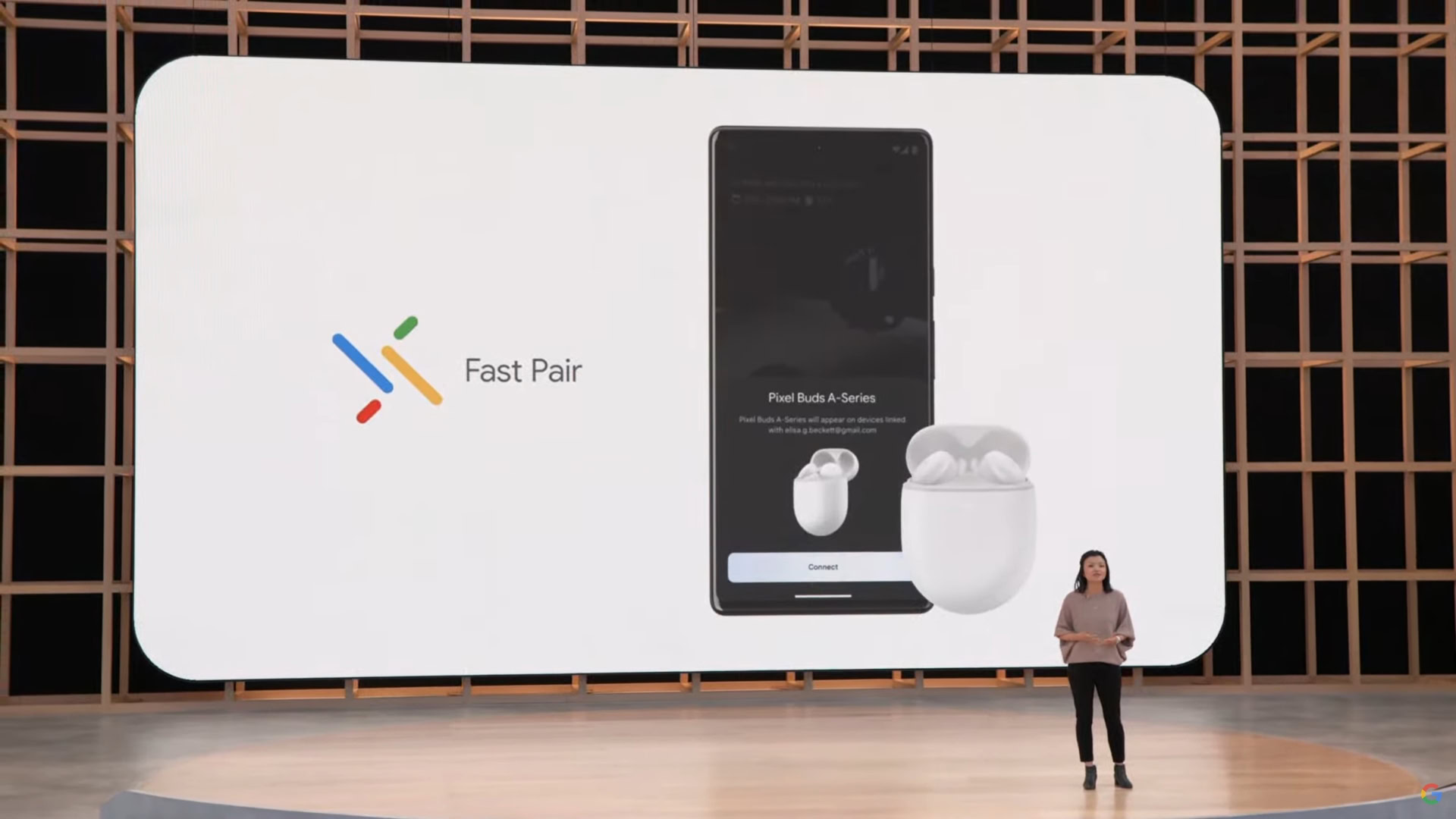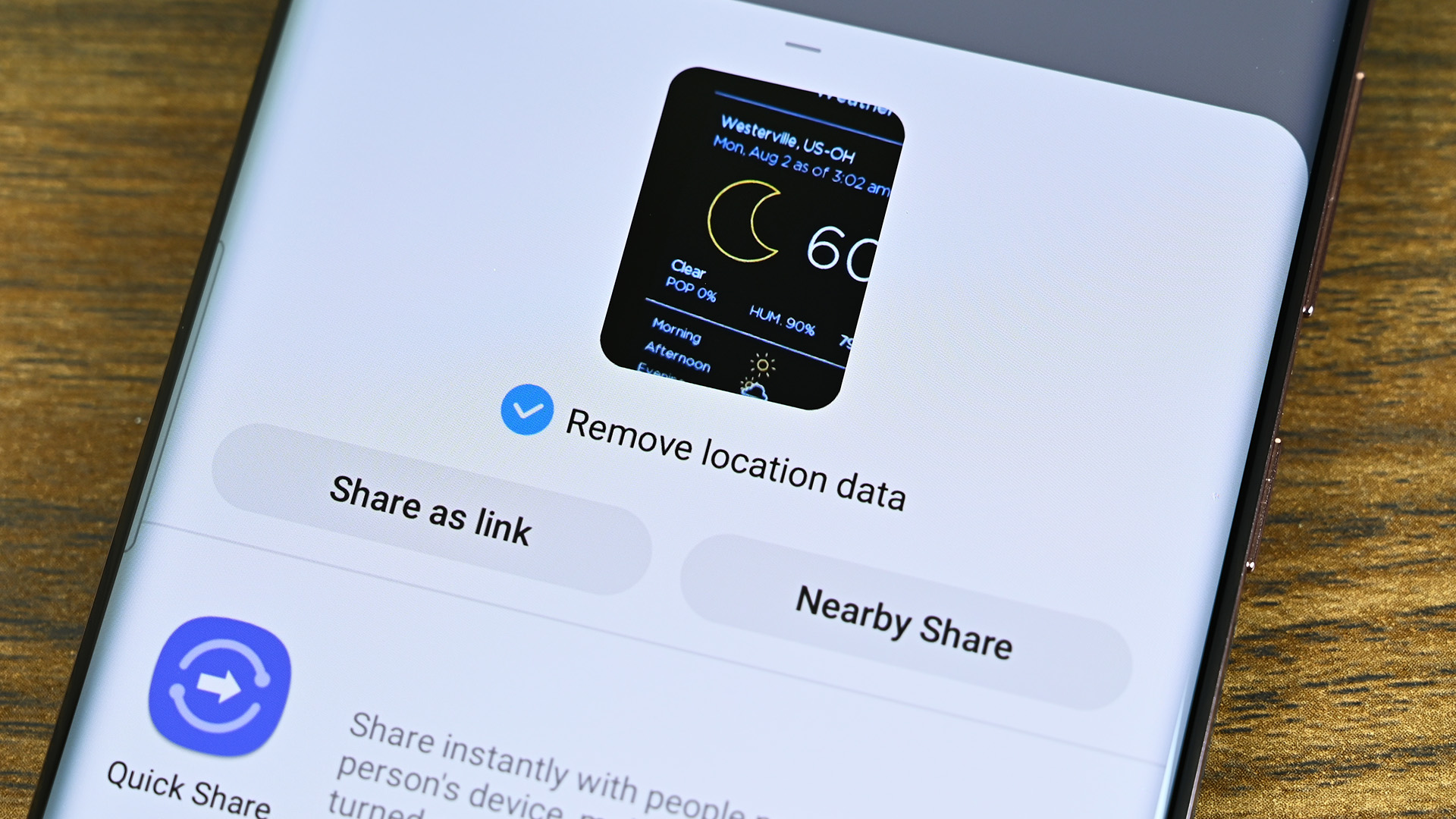Affiliate links on Android Authority may earn us a commission. Learn more.
Today's Google is still paying for the mistakes of yesterday's Google
Published onJune 3, 2022

This week, Google announced that it will combine Meet and Duo but promised to keep the best features of both video calling apps in the joint venture. News like this isn’t surprising anymore. The company is known for frequently launching and then ruthlessly abandoning apps and services. So much so that we have a Google Graveyard documenting every short-lived project it has undertaken.
My gut reaction, and that of many people who have found themselves stuck on the Google rollercoaster — particularly the messaging one — was to sigh in resignation. Will we really get the best of both apps? Can Google’s teams even pull off a merger like this without at least some falling by the wayside? Of course they’ll mess it up, I thought, because that’s their modus operandi.
Buyer’s guide: Everything you need to know about Google’s products

But as I read more about the news, particularly The Verge‘s report that includes a few choice quotes from two Googlers, I had to rectify my knee-jerk reaction. I see a bigger logic at play despite the numerous messaging and calling apps and strategies we’ve had over the last decade or so (Google Talk > Hangouts > Duo > Meet and Chat > the new Google Meet). There’s finally a sense that Google “gets it,” despite the convoluted way in which the transition will happen.
Duo will be used as the base of the transition because it is part of Google Mobile Services (GMS) and has been pre-installed on every Google-approved Android device since October 2016. That’s billions and billions of devices that already run the app, so no one will have to download anything to use the new Meet. At least you won’t have to beg your friends to get one more Google messaging app to call you.
The Google that overflowed with ideas and lacked clear vision and direction is no more.
Crucially, though, this consolidation is one more sign in a long, long series of decisions that seem to be aimed at cleaning up the residual mess of a Google that, from where I’m sitting, doesn’t really exist anymore.
I’m talking about the end of a Google that played fast and loose with projects, launching new ones every couple of weeks, killing just as many in the same timespan. A Google that kept realizing that projects it had already spent years on no longer fit within its broader strategy. Or worse yet, another internal team had already implemented something similar with no user-facing connection between the two. A Google that introduced Nexus tablets, then Pixel tablets, then Chrome tablets, then abandoned tablets altogether, only to announce another Pixel tablet for 2023.
In a nutshell, a Google that overflowed with ideas and lacked clear vision and direction, or any sense of cooperation between multiple disparate teams.

That Google seems like it’s on its way out. I think the signs have been there for a while, but I finally started putting them all together after I/O 2022. During the main conference, I could feel an obvious change. Google was talking about an ecosystem, about products and services working together, and about all the things that I, as a staunch Android user for the past 11 years, have wanted to hear. For once, there was a clear line between the different announcements and a purposeful aim to make each product work with the rest.
There's a clear line between the different announcements and a purposeful aim to make this product work with that product.
As I said, the signals have been there for a while:
- Google killed the separate Nest app and moved all smart home controls to the consolidated Home app.
- It rebranded G Suite to Workspace and established a tight integration between Gmail, Calendar, and Drive — the three essential tools for any employee and company.
- It abandoned Play Music in favor of YouTube Music, because most people were already consuming their music on YouTube anyway.
- It backtracked on the terrible new Google Pay app and went for a better Google Wallet experience.
- It sunset Inbox, its duplicate mail interface, and decided to focus on the main product that everyone uses — Gmail.
- It abandoned the standalone Trips app to privilege a trip-planning experience integrated into Search, because how do you plan your trips? You start by searching.
- It has been integrating its visual search engine for the world, Lens, across the camera, photos, search, web, and many facets of its services.
- It’s abandoning the side project of running Android Auto on phone screens and focusing on the car display experience instead.
Sure, many of these transitions (and countless others I’ve probably forgotten) haven’t gone too smoothly. And sure, there are still many disgruntled Play Music and legacy G Suite users. But when you look at the big picture, you can see how one focused product is better than two or three that do some of, but not all, the same things, and don’t integrate well with each other.

A clear manifestation of this new Google, and one that I have cited a few times recently, is how fast the most important Google apps adopted its new Material You design aesthetic. Remember when it took more than two years for the original Material Design to make it to just a few Google apps? Or when Google Maps got a dark mode in early 2021, two whole years after dark mode support was introduced in the first Android 10 betas? In comparison, most apps were Material You-ready for the Pixel 6 series’ launch, mere months after the updated design language was introduced. The old Google could never have pulled this off.
We used to see glimpses of cooperation between Google's products, but scratch under the surface and you'd notice that there were limitations everywhere.
Google is now more focused on establishing an ecosystem. Building on the success of the Pixel 6, it wants to integrate phones, tablets, watches, earbuds, smart home devices, and more. It has had the pieces of the puzzle for years now, but they haven’t worked all that well together. We used to get glimpses of cooperation between them, little hints that our phone and watch could talk to the same voice assistant or that our computer could cast content to our TV, for example. But scratch under the surface and you’d notice that there were limitations. Google Assistant doesn’t have the same capabilities on phones and watches (let alone speakers and computers). The YouTube experience is slightly different between phones, desktop, smart TVs, and cast instances; I still don’t understand how you can’t create a queue on mobile, for example, but can do so on the web or when your phone is casting.
But during I/O, Google showed off ways to move things between your phone and tablet. And just two days ago, we saw an upgraded YouTube experience between phones and smart TVs. Nearby Share is slowly morphing into a proper Apple AirDrop competitor. Chrome OS’s Phone Hub is evolving into a solid link between your phone and computer. Fast Pair is more ubiquitous among accessories and is bridging the gap between them and our phones.

Maybe I’m too optimistic. Maybe I’m interpreting the signs as I want. But I can see a more Apple-esque approach here, in a good sense. There’s an evident effort to consolidate, streamline, plan ahead, and stick with the plan, instead of going where the wind blows and changing strategies at a moment’s notice. There’s a clear vision now, and I feel more confident in betting on its success than its failure. (And to be clear, I don’t expect the cool side projects to stop, but I don’t think they’ll be at the forefront like Inbox or Allo or Daydream once were.)
If a ship is off course, it has to sail a few miles in murky waters before getting back on the original path.
But as we embark on this road with the company, there are bound to be more abandoned projects and more unpopular decisions. The Duo and Meet merger surely won’t be the last one. If a ship is off course, it has to sail a few miles in murky waters before getting back on the original path. And that’s where we find ourselves now. Today’s Google is different, but it’s still paying for the mistakes of yesterday’s Google, and it will take a while before we see the real path we’re on.